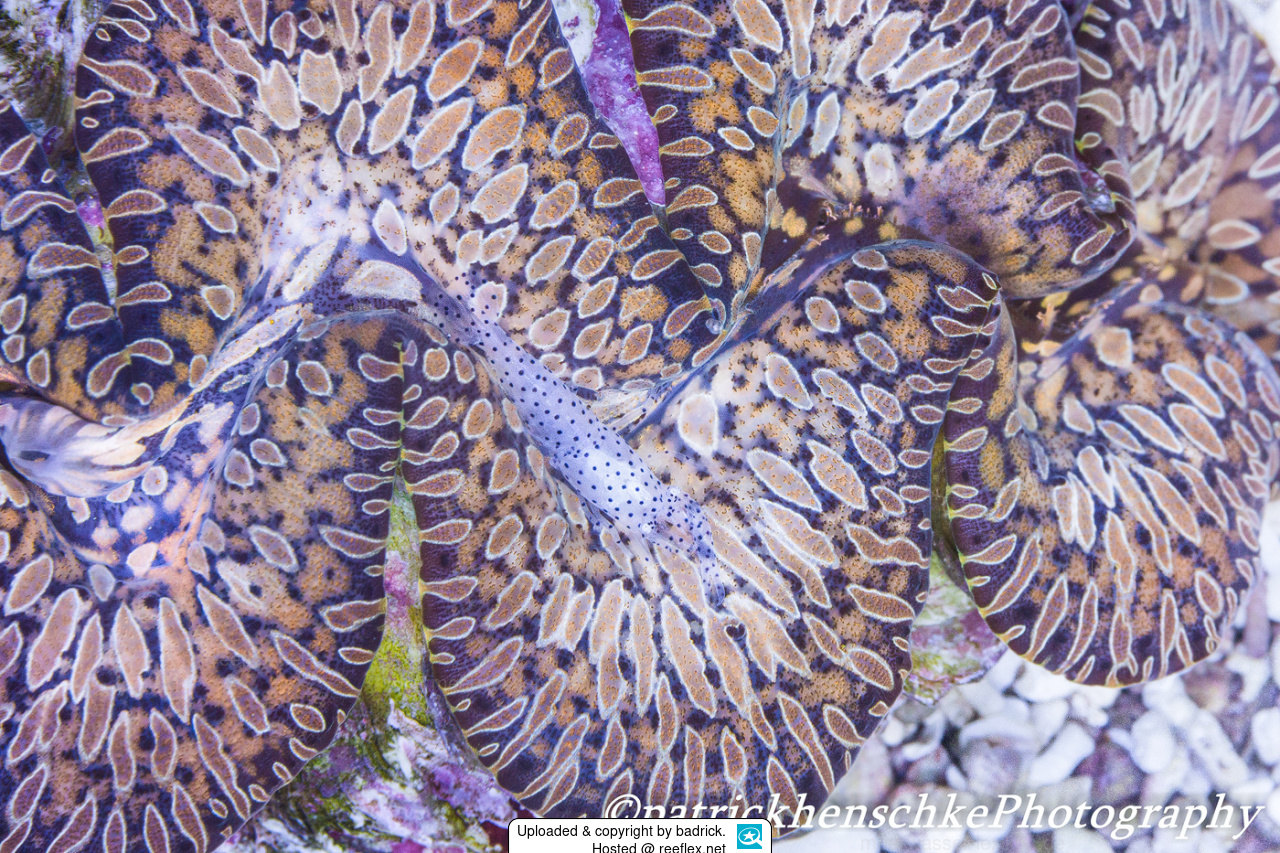Info
Anchistus miersi (De Man, 1888)
Anchistus species are commensal shrimp of clams. The species described here is a commensal of tridacnid clams.This commensal tridacnid shrimp is most likely Anchistrus miersi.
A large part of the food of the shrimp is derived from particles trapped by the tridacnid's gills, which it eats without harming the clam.
In addition to food the clam also protects the shrimp from predators since it can retreat into the mantle cavity if in danger.
Since tridacnids live quite long it's not uncommon that multiple generations of shrimp inhabit the same clam.
Synonymised names
Harpilius miersi De Man, 1888 · unaccepted > superseded combination
Anchistus species are commensal shrimp of clams. The species described here is a commensal of tridacnid clams.This commensal tridacnid shrimp is most likely Anchistrus miersi.
A large part of the food of the shrimp is derived from particles trapped by the tridacnid's gills, which it eats without harming the clam.
In addition to food the clam also protects the shrimp from predators since it can retreat into the mantle cavity if in danger.
Since tridacnids live quite long it's not uncommon that multiple generations of shrimp inhabit the same clam.
Synonymised names
Harpilius miersi De Man, 1888 · unaccepted > superseded combination







 badrick
badrick





